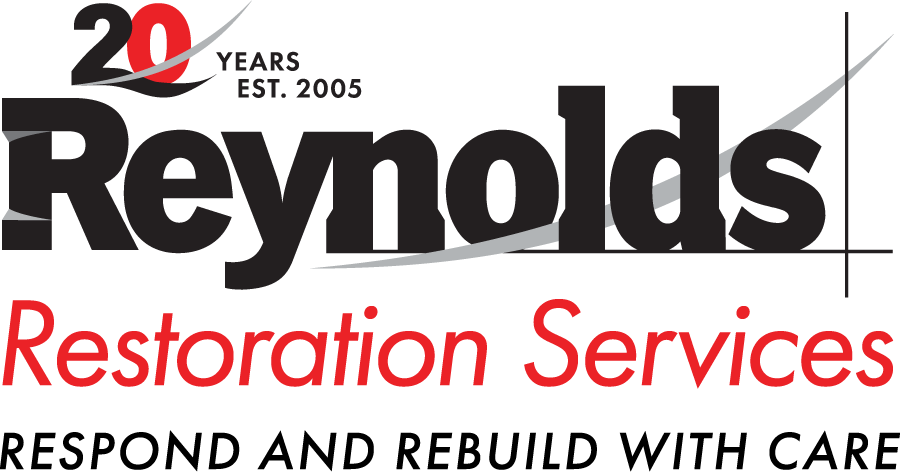No business is immune to a disaster or interruption to business operations caused by a storm, flood, fire, or other event. While emergencies and weather-related catastrophes are hard to predict, with some planning and preparation, facility managers and business owners can limit the negative impact to their business operations. Do you know what to do in an emergency? Our expert team of commercial restoration specialists offer the following process to plan for an emergency:
Step 1: Determine Your Risk
Complete a risk assessment to determine what could go wrong and what the effect of that risk is on your business in the event of an emergency such as a fire or water loss. Prioritize your list of risks. When completing a risk assessment, you should:
- List all of the potential threats to facility operations: some threats such as a building fire are obvious, but have you considered events such as a mold outbreak or in the cold weather, frozen pipes? These kinds of emergencies are not often prepared for, causing a slow response and mitigation.
- Determine your vulnerability: is your facility located in a region that experiences severe storms? Are you in a flood zone? Is your facility infrastructure up-to-date with the proper equipment such as a fire sprinkler system as a first response to a disaster?
- Prioritize threats and vulnerabilities: Which emergency has the potential for the greatest negative impact? If you own a warehouse, would a fire or a water loss be a worst-case scenario? Understanding which threat is the greatest can help you plan for a positive desired outcome.
Step 2: Develop a Plan
Create an emergency action plan. This will include written procedures for dealing with some of the threats identified in Step 1. Below are a few of the elements that you should include:
- Clear written policies that designate a chain of command (listing names, responsibilities, etc.)
- Names of the people who are responsible for assessing the degree for risk to life and property and who should be notified in the event of an emergency.
- Instructions on shutting down equipment and business activity.
- Evacuation procedures; including a meeting spot outside the facility and a process to account for all employees.
All procedures should be in written documentation.
Step 3: Be Ready to Respond
Make sure that once you have your written procedures completed you inform your employees of what to do in the event of an emergency. Have them practice the plan/discuss how things may go in an emergency. Other types of training that is useful can be:
- Basic first aid
- Fire extinguisher use
- CPR
- Building evacuation procedures
Step 4: Get Back to Business
The last step is to create plans for different disaster scenarios that may occur and how you will recover and get back to business following each disaster. Ask yourself these follow-up questions and find solutions that work for you and your company:
- Do you have a secondary location where you can work?
- Where will you get replacement equipment from?
- How will your reach your team and vice versa?
Reynolds Restoration Services PREP Program
At Reynolds Restoration Services, we work with businesses in the region to review and finalize their emergency response procedures and protocols, ensuring a proper emergency and disaster plan is ready and in place for the smallest emergency to the largest disaster. Our no-cost Proactive Restoration & Emergency Planning program documents emergency protocols and procedures in a centralized location and is accessible to your facilities team and leadership at a moment’s notice. While we hope you don’t need our emergency services, we are here 24/7 to respond just in case.

President of Reynolds Restoration Services. Over 20 years of experience in the emergency restoration industry.


